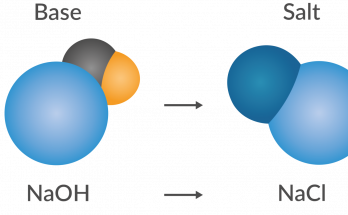NCERT Exemplar Solutions- Class 7 Science Chapter 6- Respiration in Organisms.
Chapter – 6 -Respiration in Organisms – Concepts included in the chapter – Why We Respire: Understanding the necessity of respiration in producing energy from food. Breathing and Its Process: …
NCERT Exemplar Solutions- Class 7 Science Chapter 6- Respiration in Organisms. Read More
